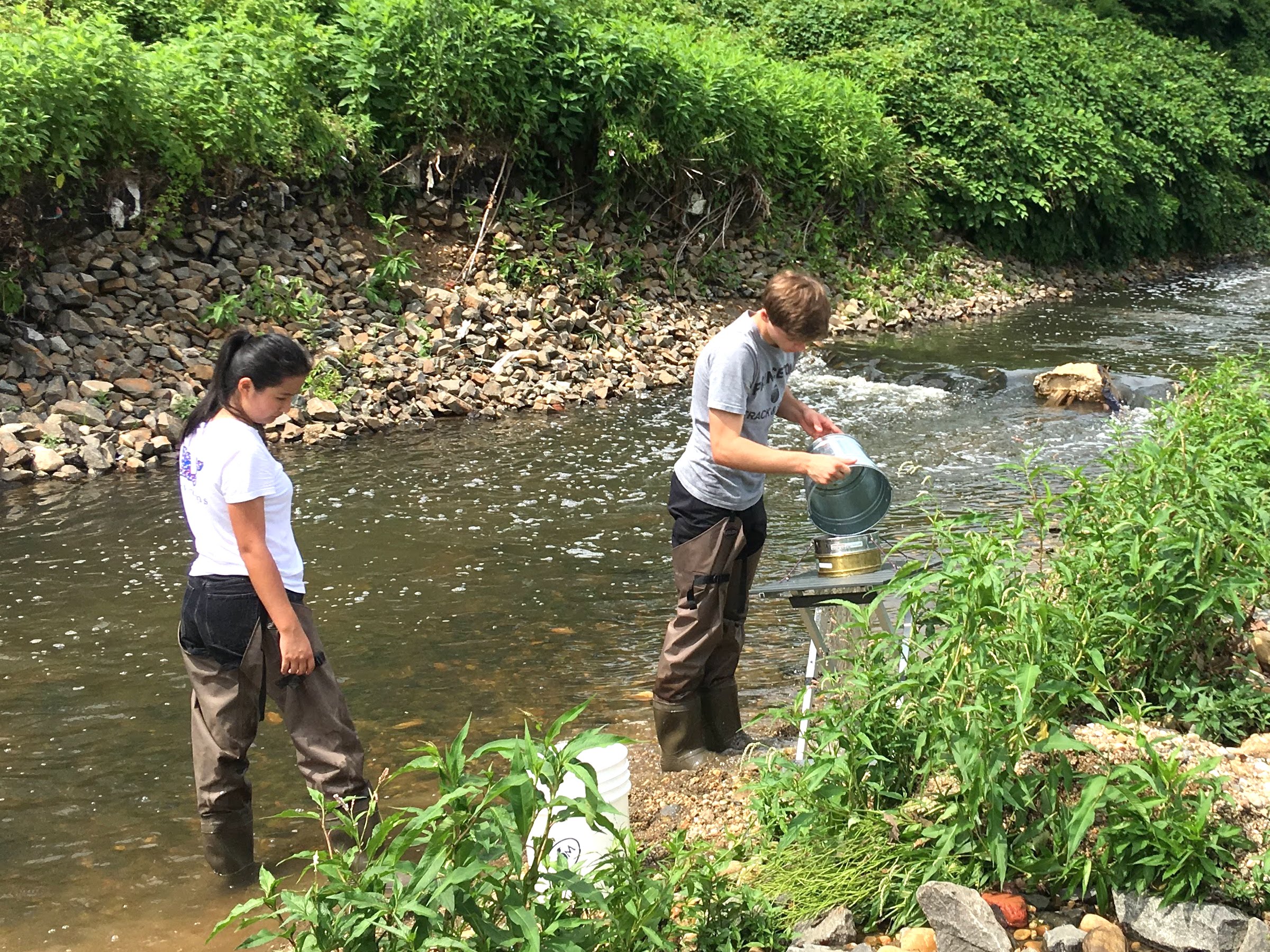From plastic bottles to plastic straws, fishing lines, clothing, carpets and diapers, plastic in the environment is ubiquitous. Sarah Kollar from Ocean Conservancy and Kurt Moser from the Four Mile Run Conservatory Foundation discussed both the challenges of and solutions to plastic pollution in presentations at a May 19, 2022, FODM meeting.
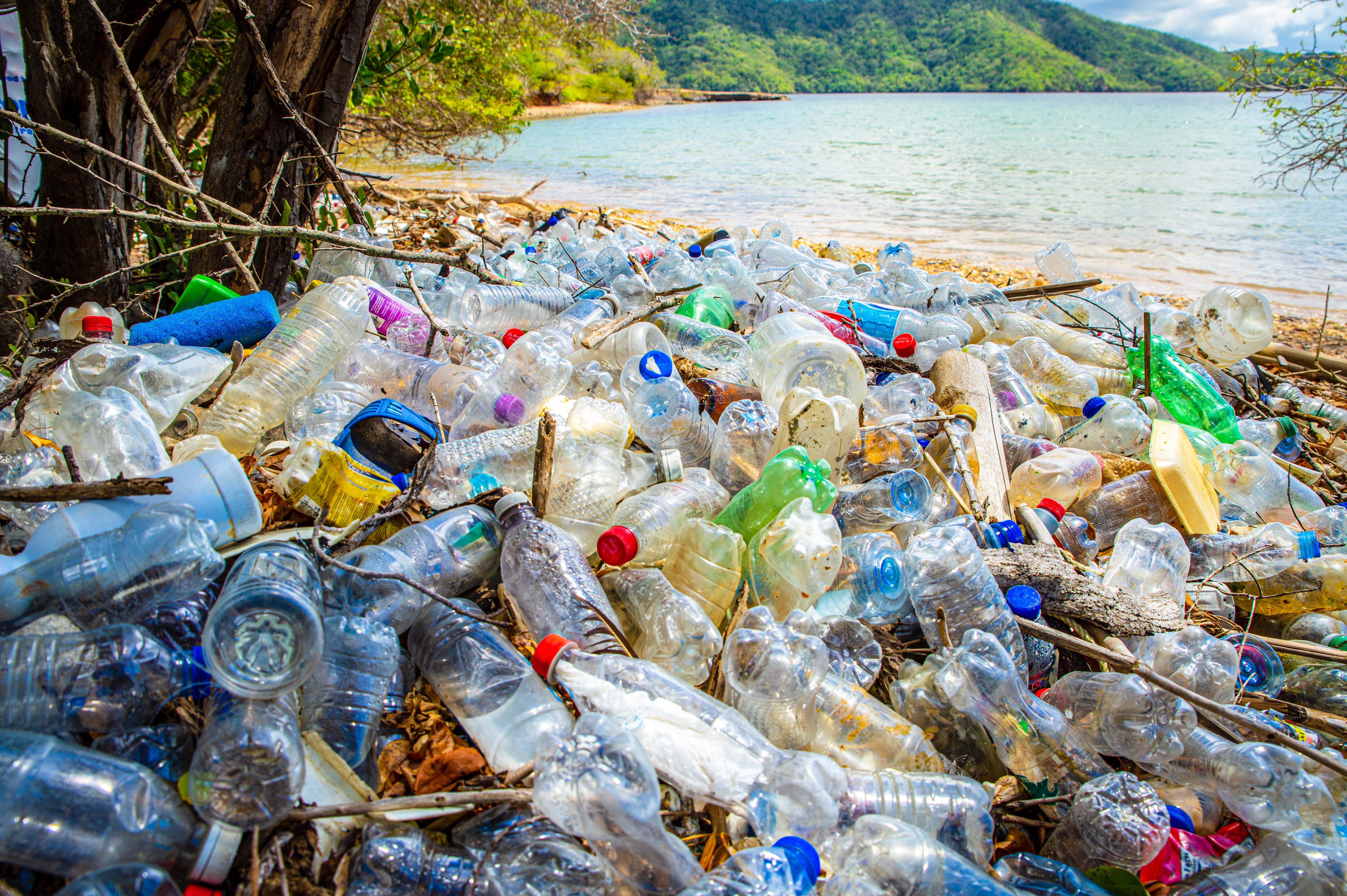 |
| Plastic bottles are a major source of plastic pollution. Photo by Keegan Callender |
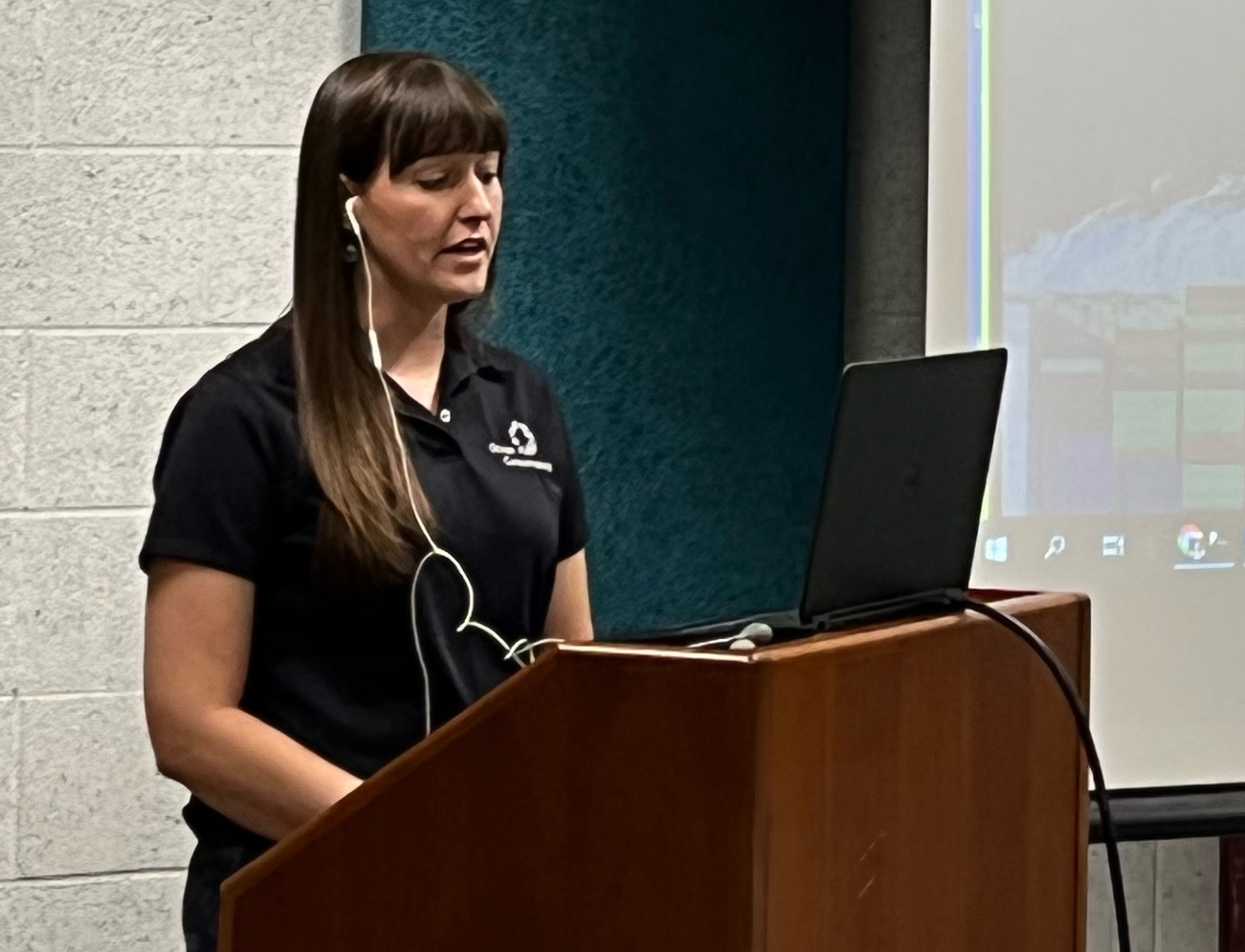 |
|
| Sarah Kollar Photo by Deborah Hammer | |
Plastic Pollution Is Rampant
The world is experiencing a plastic pollution crisis, with plastic waste in the atmosphere, the ocean, the environment and the food chain, said Sarah Kollar at the May 19, 2022, Friends of Dyke Marsh meeting.
Plastic items can travel thousands of miles down storm drains, streets, waterways and oceans. The equivalent of one garbage truck load of plastics enters the ocean every minute, she reported, from single-use bags to cups to fishing line.
Single-use plastic items that people use in their everyday lives are a major component of marine debris, Kollar said, and 40 percent of plastic produced each year is used for packaging.
Plastics Harm
Wildlife can die from entanglement in plastic products like beer six-pack rings and fishing lines. Some animals can die from ingesting plastic bags, especially marine wildlife that mistake the bags for jellyfish. Kollar estimates that 800 marine species have been adversely impacted by plastic. Plastics can carry toxic chemicals which can move up in the food chain.
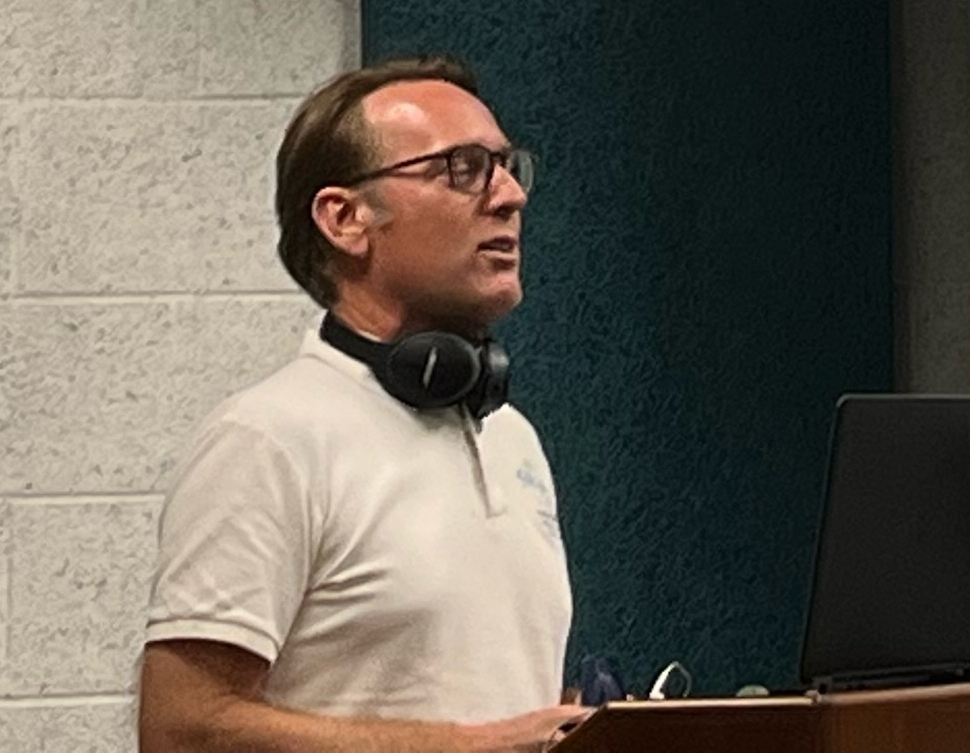 |
|
| Kurt Moser Photo by Deborah Hammer | |
Microplastics Are Everywhere
Kurt Moser explained that many plastic items take hundreds of years to break down and as they do they become microplastics, less than five millimeters in size, from the size of a grain of sand to the size of a pea.
A 2018/2019 study of microplastic pollution in Four Mile Run had these findings:
- Every water sample tested had microplastics.
- The most common form was microplastic fibers from clothing or carpets.
- Microplastics were found both above the wastewater treatment facility and below it.
Solutions
Only five to six percent of plastic is recycled in the United States. The speakers offered several solutions, including single-use, plastic bag fees; smoking bans on beaches; more stringent waste management practices; and “extended producer responsibility” which makes the manufacturer responsible for the entire life cycle of a product, including the takeback and final recycling or disposal. Kollar and Moser believe that using less plastic, like single-use, plastic bags, beverage bottles and food packaging is the most effective solution and that cleanups will always be needed.
Kollar is the Outreach Manager for the Ocean Conservancy’s International Coastal Cleanup. Moser is President of Northern Virginia’s Four Mile Run Conservatory Foundation.
Cosponsors of the program were the Alice Ferguson Foundation, Sierra Club/Great Falls Group, Friends of Little Hunting Creek, Friends of Accotink Creek, the Four Mile Run Conservatory Foundation and the Porto Vecchio Condominium's Waterfront Committee.
To learn more, visit https://oceanconservancy.org/trash-free-seas/plastics-in-the-ocean/ and https://www.fourmilerun.org/.
Photos from the Ocean Conservancy
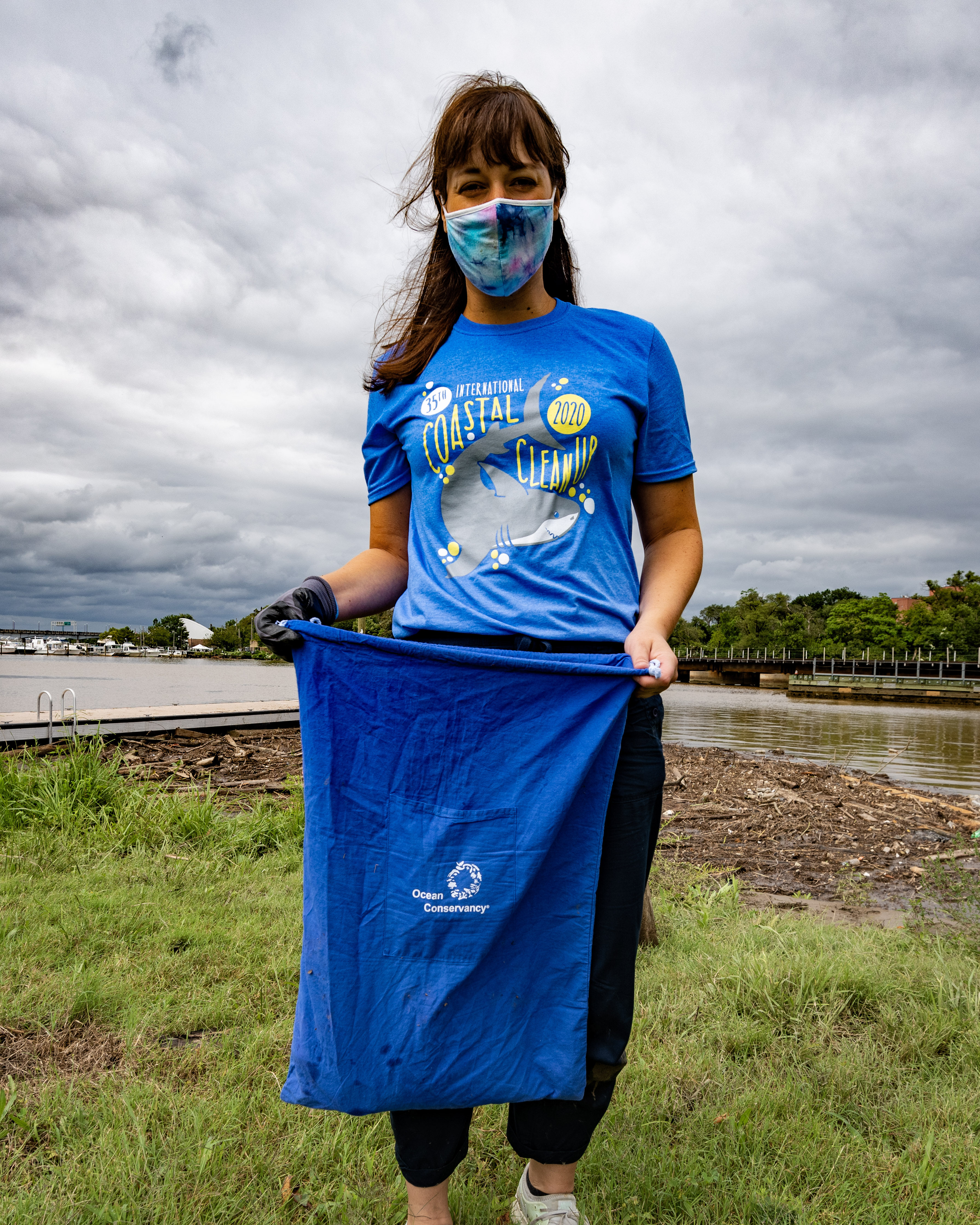 |
 |
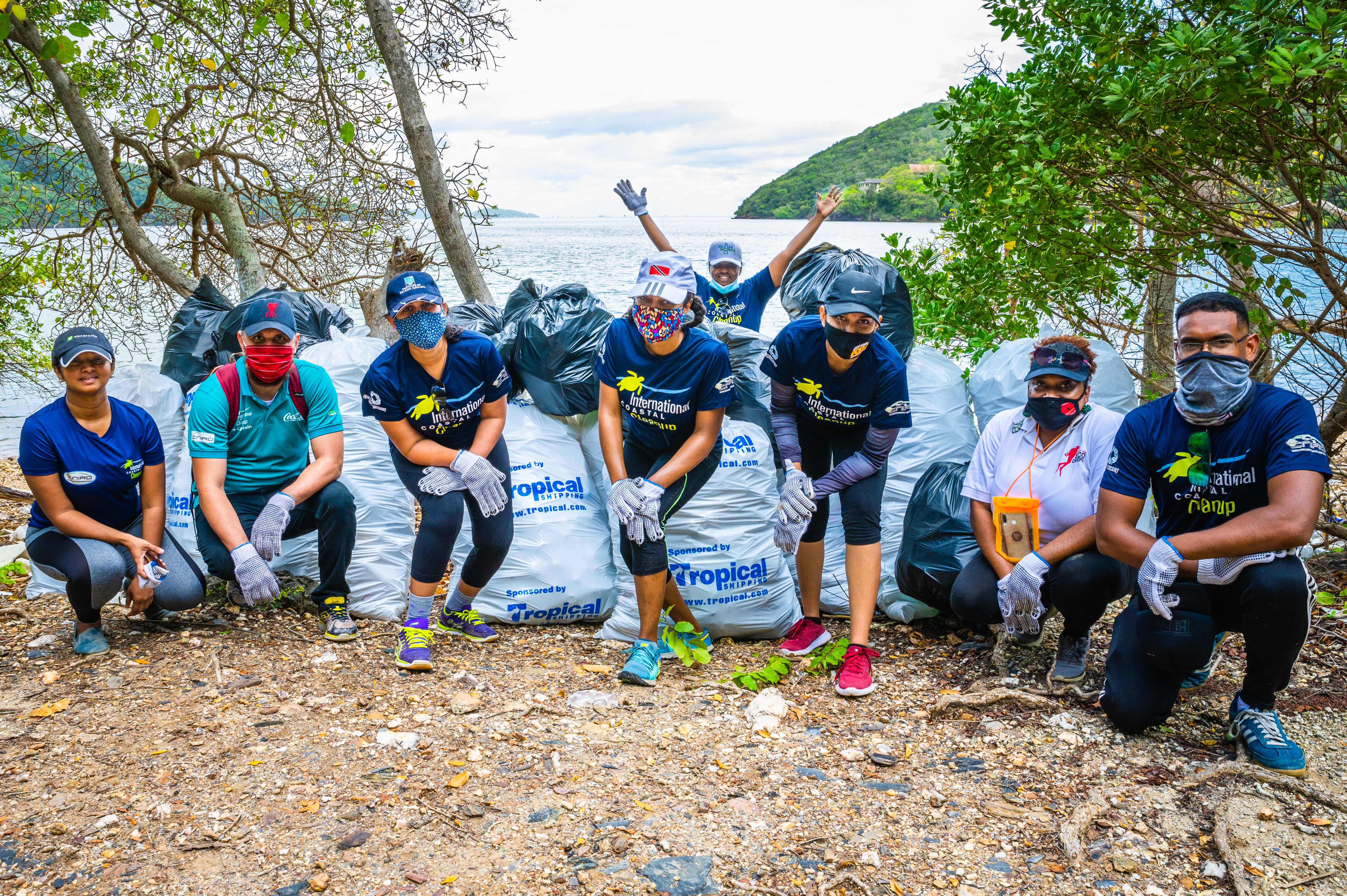 |
| Photos of Ocean Conservancy plastics cleanup efforts. Photos by Ocean Conservancy | ||
Photos from the Four Mile Run Conservatory Foundation
|
|
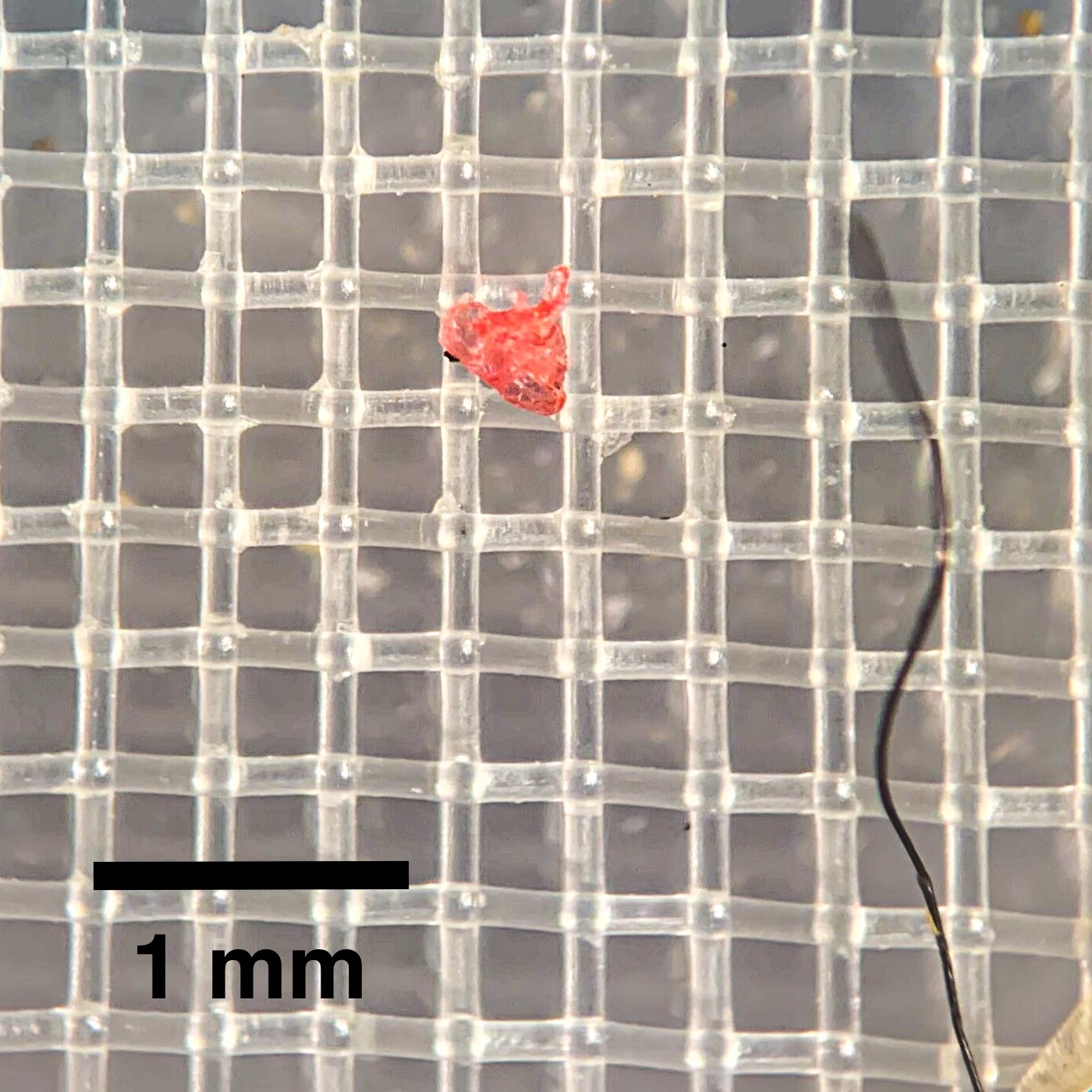 |
| Collecting water samples from Four Mile Run and samples on a grid. Photos by the Four Mile Run Conservatory Foundation |
|
Photos from the Friends of Dyke Marsh
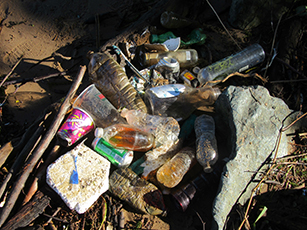 |
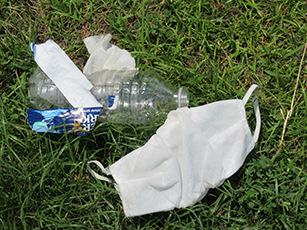 |
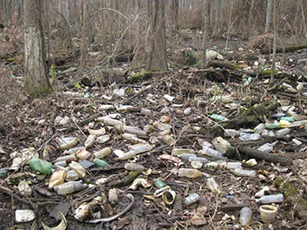 |
| Plastic items and personal protective equipment debris are common in Dyke Marsh. Photos by Glenda Booth | ||
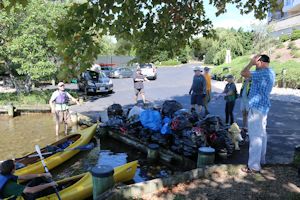 |
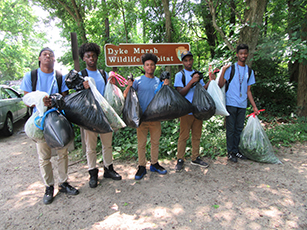 |
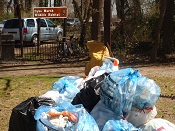 |
| Trash collection efforts in Dyke Marsh. Photos by Glenda Booth | ||

